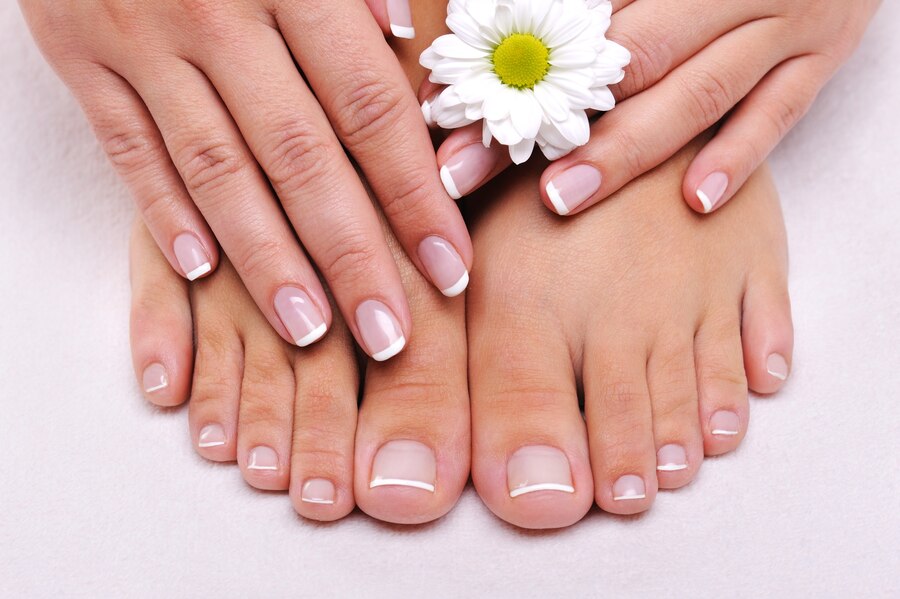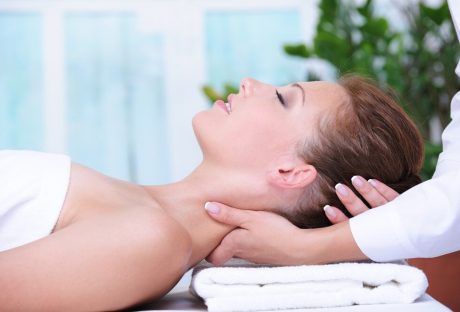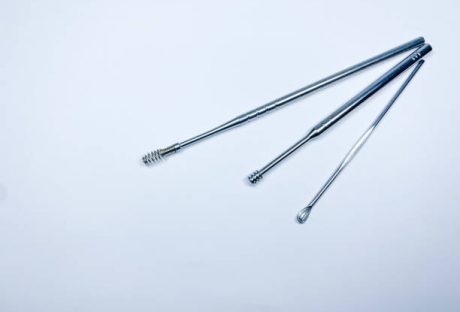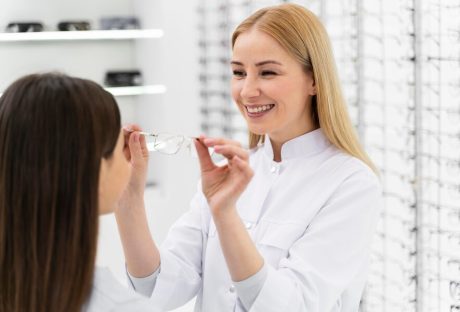Nail kits have revolutionized the self-care practice of manicures, offering salon-style results at home.
With innovations allowing for easier polish applications, professional designs, and long-lasting wear, a manicure from home is simply what most women want.
Moreover, a nail kit helps you master the art of nail care at home and offers both satisfaction and therapeutic benefits.
Whether you’re saving money or unsure about going to the salon, DIY manicures provide a more affordable and therapeutic alternative.
However, having a nail kit is about more than just beautifying your nails. It also helps you find a quick fix against chipping, warping, glops, bubbles, or smudging.
So, let us explore the items you must include in your nail kit for the best manicure experiences at home.
What To Include In A Nail Kit?
When preparing your nail kit, you must include some extremely important items. These items can be divided into two parts—
- Items to enhance nail health.
- Items to beautify nails.
Read Also: The Profound Impact Of Well-Groomed Nails On Confidence
Natural Nail Care Kit
Given below are your essentials to maintain healthy nails:
Cuticle Oil
Cuticle oil is a natural remedy that can stimulate nail growth. It helps protect the nail and cuticle from trauma and improves the nail’s health and appearance.
Moreover, this oil protects the polish from damage, ensuring a lasting shine.
Also, cuticle oil keeps skin moisturized, promoting strong and healthy nails. This item is rich in coconut oil and Vitamin E Jojoba Seed, which hydrates the skin around nail beds, reduces hangnails and prevents dryness.
Applying once or twice daily and massaging into cuticles can result in immediate results. Therefore, regular use promotes healthy nail growth, prevents splitting or peeling, and keeps nails looking their best.
Nail Filer
Filing nails gives them a customized shape and strengthens and prevents chipping. Therefore, a nail filer is one of the most important items in your nail kit.
For optimal results, file nails at least once a week. Filing is crucial for nail polish preparation as it prolongs the life of the polish or gel nails.
Moreover, to file nails properly, trim the tip and adjust the length, move the file in one direction, file the sides straight toward the tip, and create a curve around the side.
Moreover, nails grow faster in summer than in winter. Therefore, filing them regularly is essential to enjoy long-lasting gel nails.
Nail And Hand Lotion
One of the main causes of brittleness and breaking in nails is moisture loss. Using hand lotion encourages healthy nail development and reduces moisture loss.
Exposure to drying elements like dishwashing, sun, or paperwork increases the need for frequent moisturizers.
Therefore, rubbing lotions or creams prevents drying and peeling, stimulating blood circulation in the matrix.
Moreover, topical lotions treat nails from weakness, cracking, discoloration, and crookedness. They help strengthen nails, protecting them from color changes, increasing thickness, and stimulating growth.
You can use non-sticky creams to soften hands, hydrate them, and protect them from environmental damage.
Polishing & Coating Kit
Once you’re done packing your kit with the health-boosting items, let us come to the beautifying kit for nails. Here are some of the most important items you must add:
Press-On Nails
The nail industry constantly evolves and plays a crucial role in our beauty lives. Maintaining nails can be challenging due to costs and time constraints.
Therefore, these DIY nail options, such as press-on nails, help you find the perfect solution to replace professional nail salon services.
Press-on nails are easy to apply, durable, and resistant to chipping or loss of shine. They can be cleaned with alcohol, filed down, and glued back on if needed.
These strong plastic nails can last long and be used for showering, but they should be kept dry for extended periods to prevent flimsiness.
Gel Polishes
In recent years, the nail polish industry has expanded, with gel nail polish emerging as a new alternative to traditional acrylics and acrylics.
Gel polish requires curing under a UV or LED lamp, unlike regular polish, which is dried naturally.
Moreover, its quick-drying, durable formula prevents chipping and smudging, and the gel color remains bright and shiny. Gel manicures can last up to one month, with the only long-term side effect being nail growth.
However, gel nail removal is more complex and time-consuming than regular lacquer, but the convenience of a single manicure is worth the effort.
As a new product, there’s confusion about its benefits, removal process, and differences between regular and gel polishes.
Minimalist French Manicure
Minimalist nails are elegant and clean, suitable for any occasion. They can be in subtle colors like white, black, grey, or muted tones.
The art features thin lines, small dots, and geometric shapes, making natural nails part of the overall look.
The French manicure is a classic minimalist nail design with a natural base coat and white tip, presenting a modern and fresh look. Moreover, a micro French manicure is a subtle design with a thin line at the tips, showcasing the natural nail.
Both designs are trendy and elegant, making them perfect for any occasion due to their simplicity and elegance.
Base & Top Coats
When selecting a nail kit, the colorful polishes, and fun nail tips are undoubtedly thrilling, but they’re not the only considerations.
Moreover, a high-quality base and top coat are essential for achieving a salon-grade manicure at home.
Also, a base coat or primer for gel or acrylic nail systems safeguards your natural nails and provides superior adhesion for a durable manicure.
These coats safeguard your manicure and deliver a polished finish.
Tools For Innovation
Achieving a clean and polished manicure can be difficult, especially when securing a comfortable grip on the brush.
Fortunately, many nail beautifying brands offer universal accessories to make maneuvering those pesky, slim polish brushes a breeze.
Therefore, with these tools, anyone can achieve a striking, salon-grade manicure from their home.
Nail Care Is Self Care
A variety of nail products in a kit allows for various possibilities and styles. Seek manicure kits in multiple hues and textures, such as glittering metallics and traditional cremes.
For those who prefer more creative options, consider kits with nail art tools like dotting or striping tape.
This kit provides everything for a gel or French manicure at your fingertips, making it cost-efficient over time.
Therefore, before starting the manicure, wash your hands thoroughly and use a tissue to wipe each nail with nail polish remover.
Moreover, you can use cotton balls. However, they contain lint and leave a residue. If you don’t want extra cleaning, use a lint-free facial cotton pad instead. This kit provides everything you need for a gel manicure at home.
Read Also:
























